15 C-Section Recovery Essentials
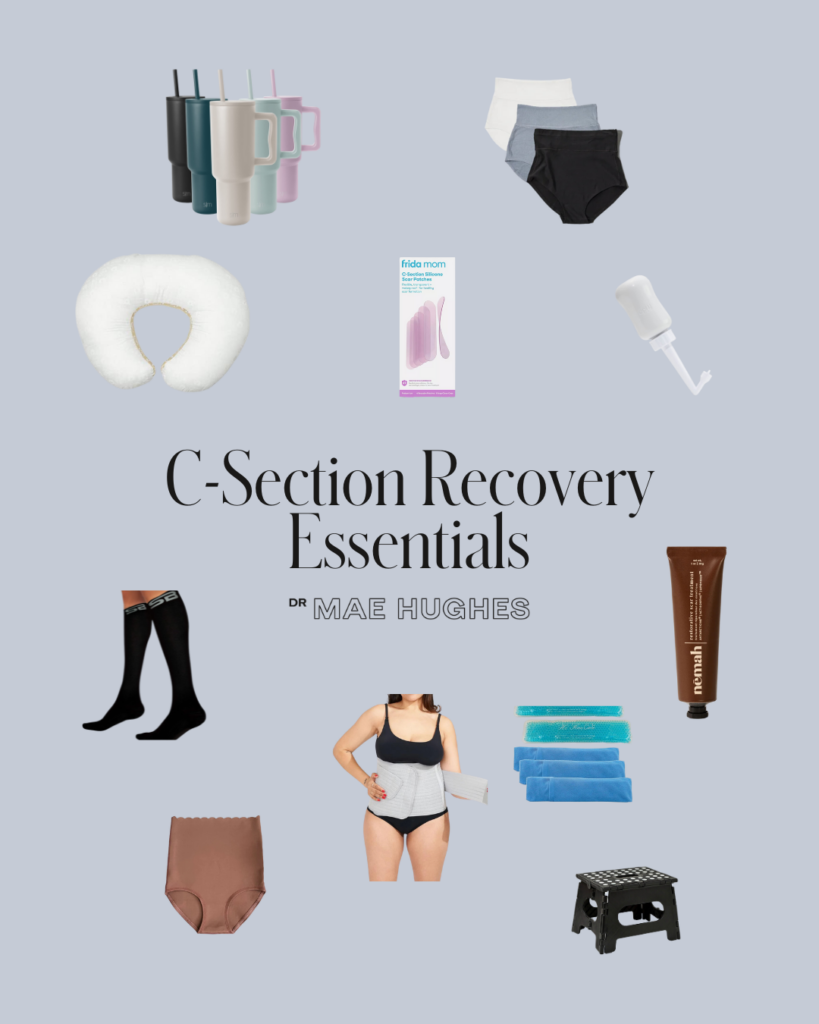
Disclosure: I only recommend products I would use myself and all opinions expressed here are our own. This post may contain affiliate links that at no additional cost to you, I may earn a small commission. Thank you for your support!
Depending on the study you look at, nearly 30% of women in today’s world are delivering via Cesarean, but I still find that there is far too little information out there about how to prepare for one and how to recover from one as well!
There is SO much emphasis put on preparing the nursery and caring for baby — but what about mom, right?
This is why I have put together this list of 15 C-Section Recovery Essentials based on a survey I conducted from former patients as well as those a part of my online community (aka y’all)! I combined these responses with my own expertise as a pelvic floor physical therapist to create a comprehensive list for y’all to help you recover from your Cesarean with a little more ease (if that’s even possible, ha).
If you make it through this list and feel like I absolutely missed something, send me a DM on Instagram, comment on this blog post or shoot me an email! I always want these blog posts to be the most helpful for y’all.
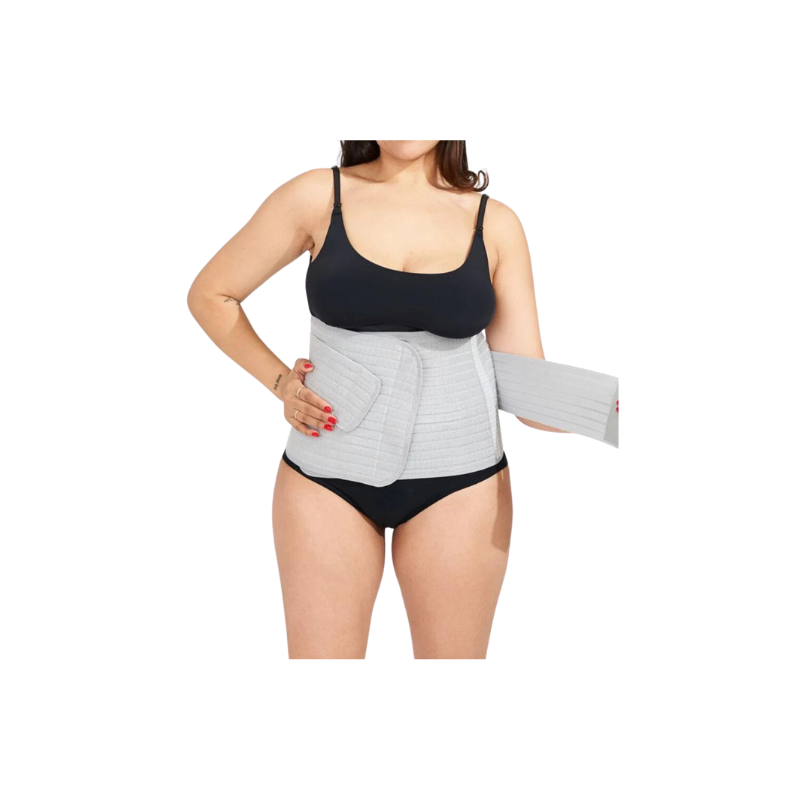
I highly recommend the use of an abdominal binder for a few weeks to reduce pain, improve mobility and add support. This is NOT to “train” your waist. Ask for one while you’re still in the hospital — often they will give you one.
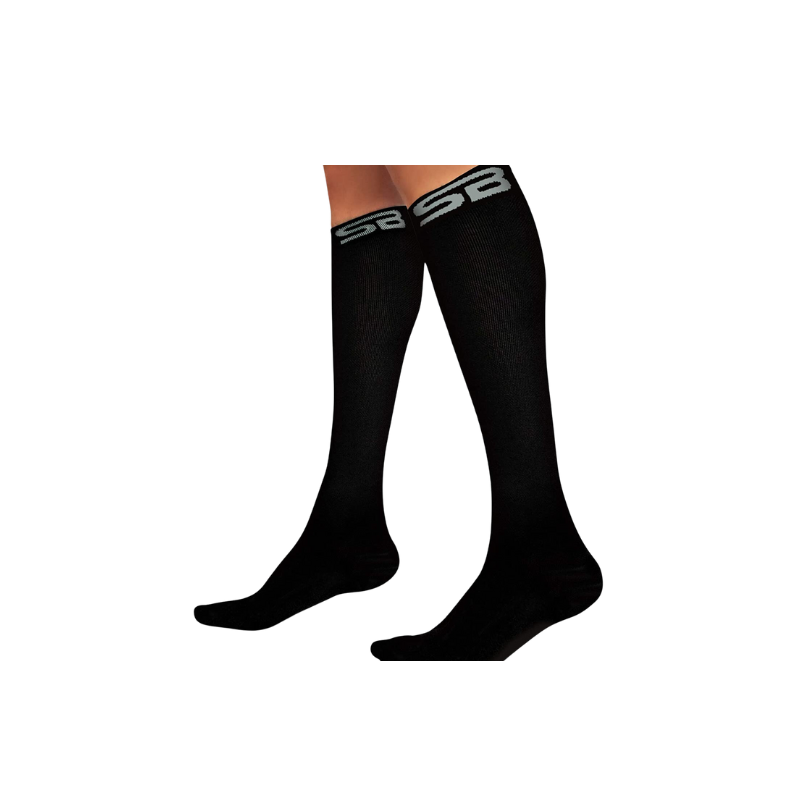
During a Cesarean Delivery they provide you with a ton of fluids which often leads to much higher levels of swelling in the feet! Bring these to the hospital to manage your swelling.
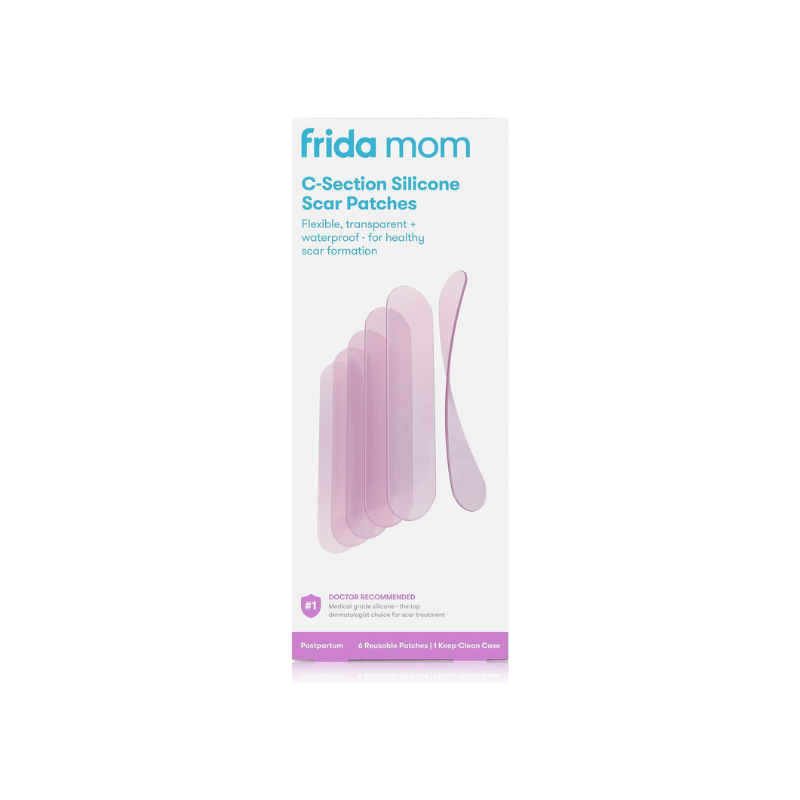
Apply these once your incision has closed (usually around 2 weeks) to help improve hydration and prevent hypertrophic scarring. Recommended usage is daily for 2-4 months post delivery.
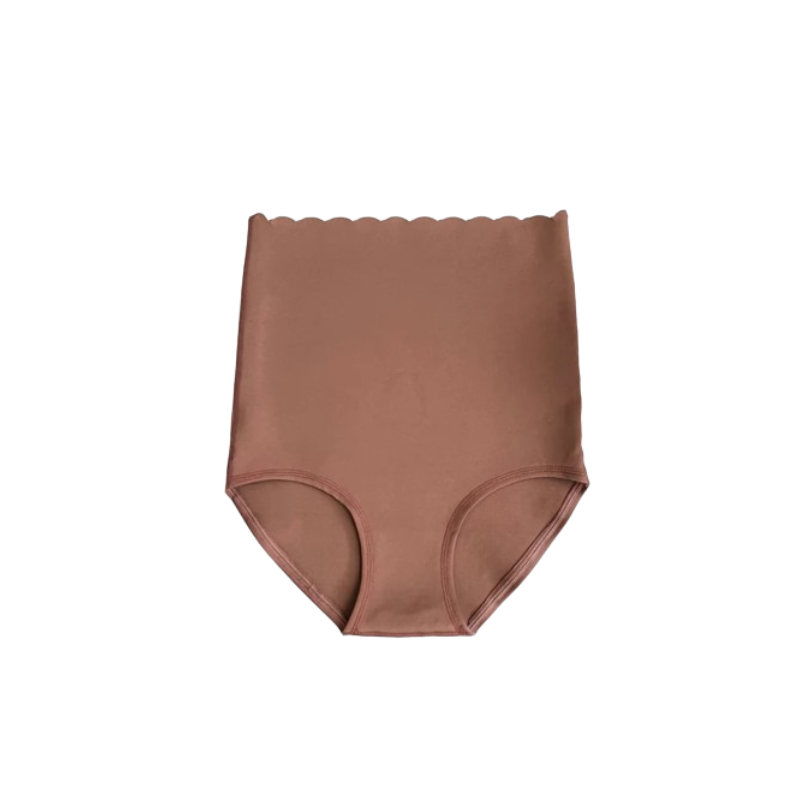
These compression bloomers from BaoBei have been a favorite among my patients! They provide extra support to your core in a soft, non-restrictive manner. Use code drmaehughes for 15% off your order.
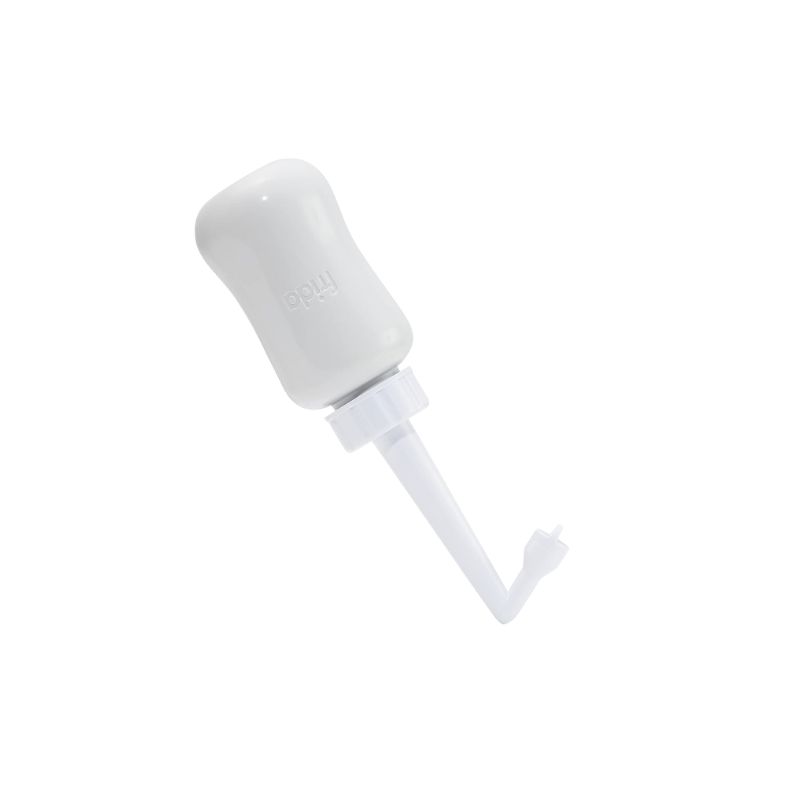
5. Peri-Bottle
Yes, you will still have vaginal bleeding after your delivery, and even though you might not have perineal stitches, a peri-bottle is really helpful to avoid bending over to clean yourself which can be painful the first few weeks.

If you’ve been around here for long then you know I am the biggest proponent of massaging and de-sensitizing your scar to improve appearance, reduce sensitivity and improve function! Use this scar cream while you massage for additional healing. Use code DRMAEHUGHES for 15% off your order!
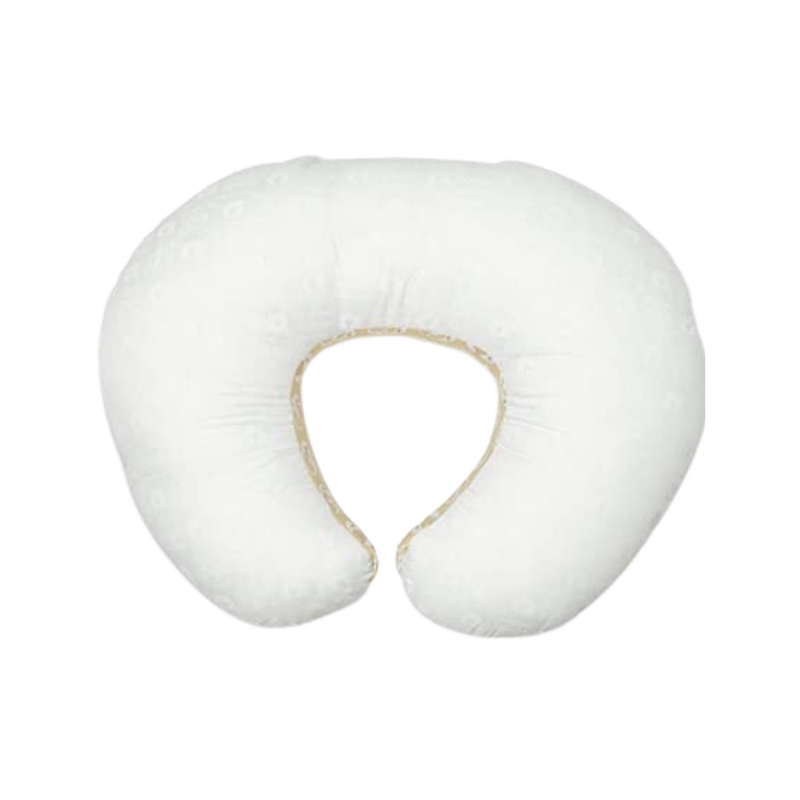
Even if breast feeding is not a part of your postpartum journey, a soft feeding pillow such as this Boppy is helpful for bottle feeding and cuddling with your baby while protecting your incision. You can also use it to brace your abdominals while coughing!

8. Ice Pack
During the first few days after your delivery, your scar will be swollen, inflamed and red due to the normal process of healing. An occasional ice pack on the scar (over a layer of fabric) for 10-15 minutes can help reduce discomfort.
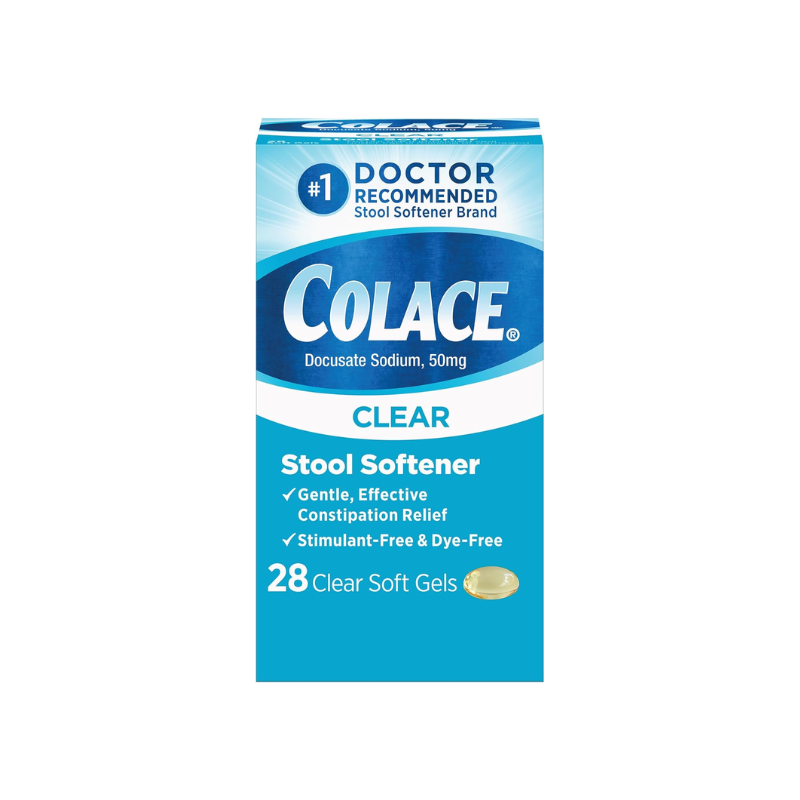
The hospital should provide you with a stool softener, but it’s often nice to have this ready at home. Constipation and straining is the LAST thing you want to deal with after a Cesarean delivery (or any delivery)!
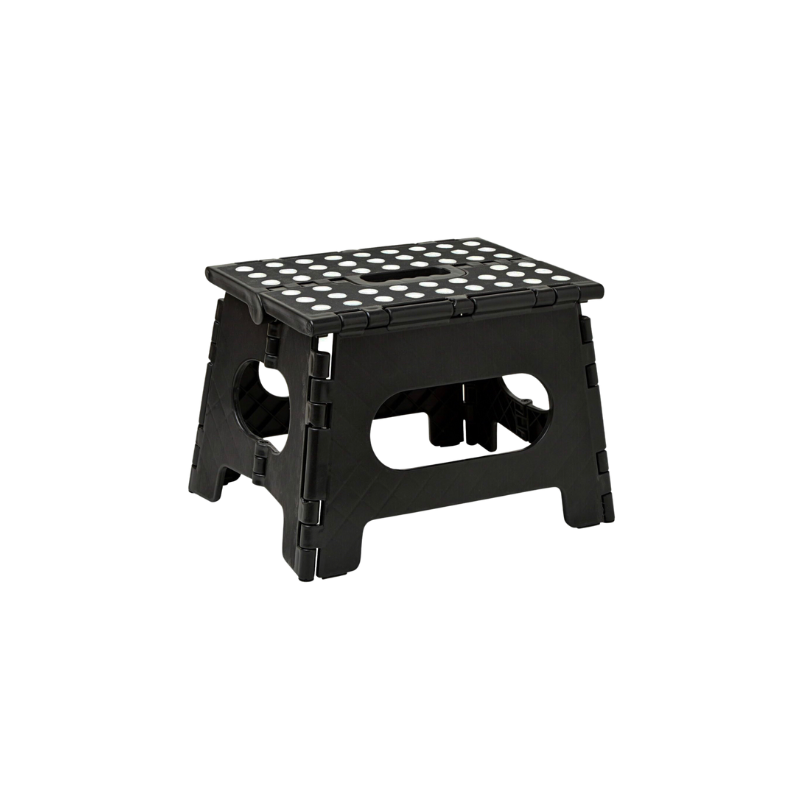
10. Step Stool
A step stool is another patient-favorite as reach overhead (and bending down) during the first few weeks can be painful and stressful on your scar. This foldable step stool is helpful to have on hand and you can reuse it when your baby becomes a toddler!
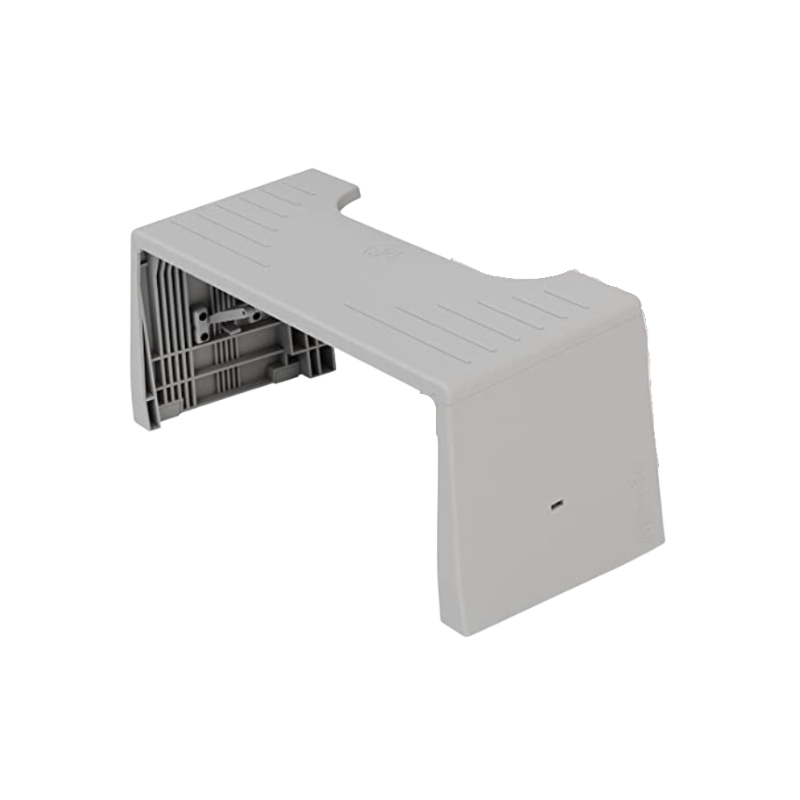
11. Squatty Potty
Constipation is the enemy of the pelvic floor and even though you had a Cesarean delivery, your pelvic floor is still affected by pregnancy. Use a squatty potty to better align your rectum during bowels movements to reduce straining and constipation.
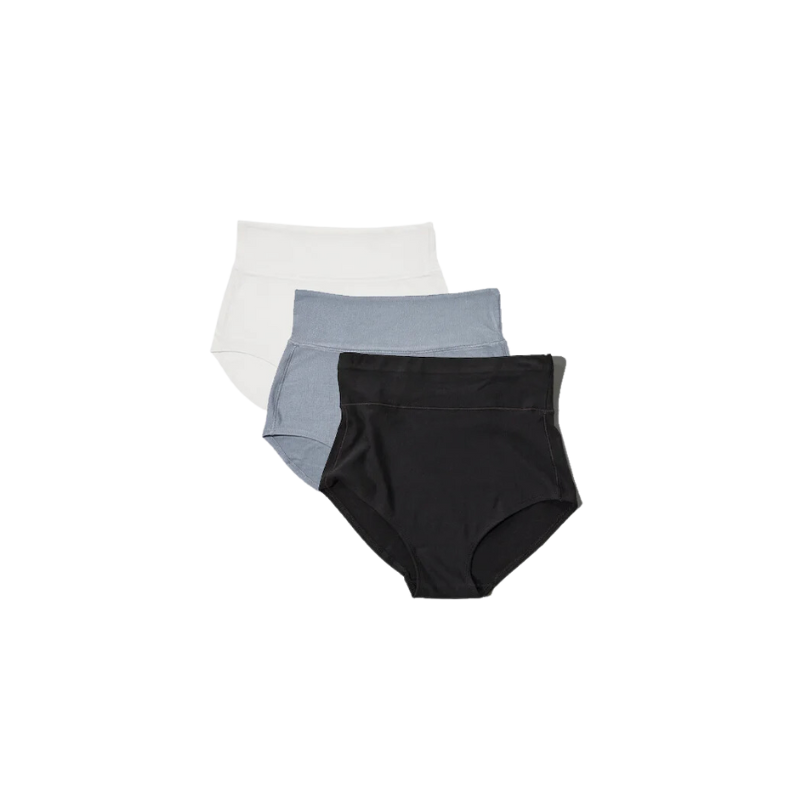
If you no longer need the extra compression from the compression bloomers, you will want to look into high-waisted underwear with either no seam or a seam that goes ABOVE your scar to reduce irritation.
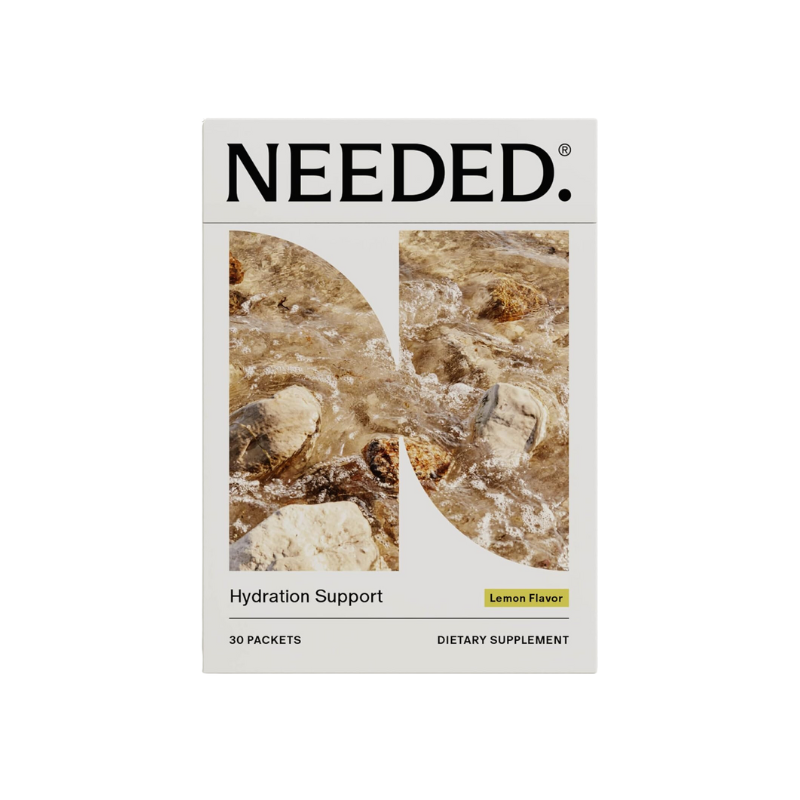
13. Electrolytes
As important as water is for maintaining hydration, so is proper mineral balance. Add one of these electrolyte packs to your water per day to help balance important minerals like sodium, potassium and magnesium .
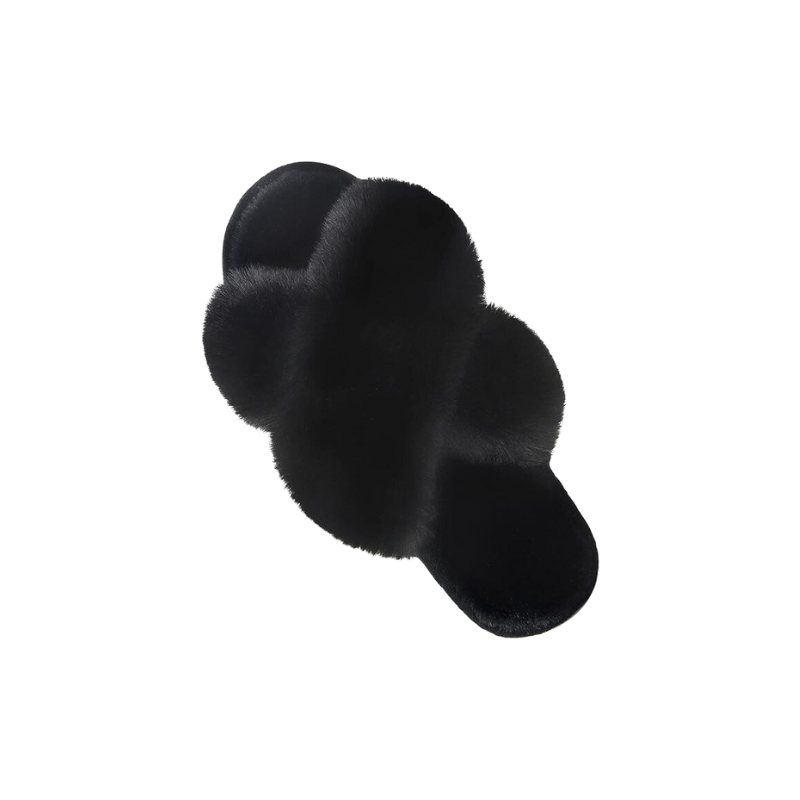
14. Slippers
Did I mention the swelling already?? In addition to some compression socks, having some comfy slippers will be helpful to accommodate any extra leg/foot swelling.

Water plays a major role in wound healing to assist in the delivery of oxygen and nutrients to the wound via blood. It’s also important to maintain hydration levels for skin integrity!